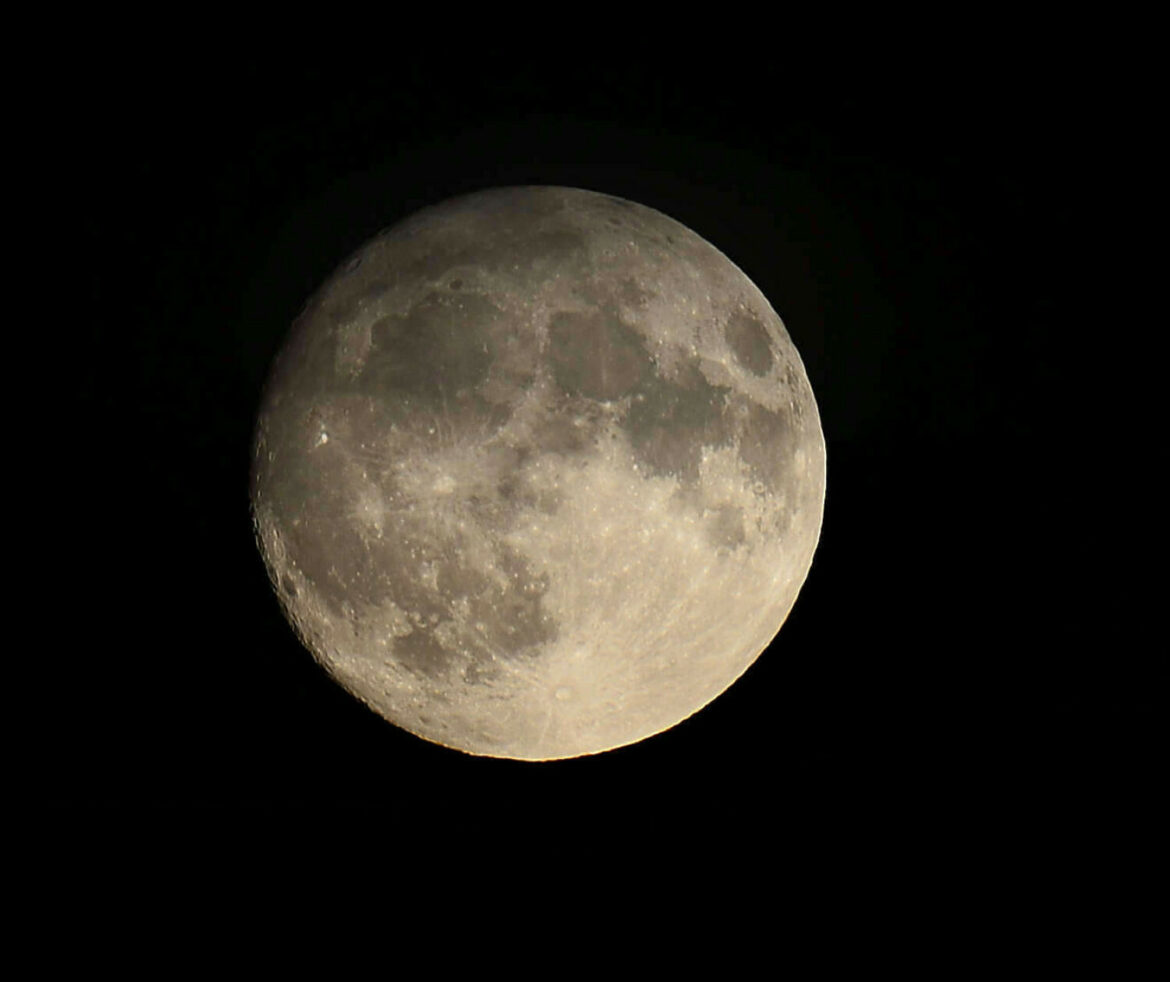An international team of scientists is investigating lava caves on the Moon, which could not only be a good place to conduct research in the future, but also could serve as shelters. The problem of the strength of the lunar caves’ ceilings has been addressed by Dr Marcin Chwała of the Wrocław University of Science and Technology.
The results of the research of the scientist from the Department of Geotechnics, Hydraulic Engineering, Underground and Water Engineering, conducted in cooperation with Prof. Goro Komatsu (from the Italian Università degli Studi “G. d’Annunzio” Chieti – Pescara) and Dr Junichi Haruyama (Japan Aerospace Exploration Agency), are presented in the publication ‘Structural stability of lunar lava tubes with consideration of variable cross-section geometry’.
In the publication, the authors proposed a so-called backward approach. They analyse a very large number of model cross-sections, checking the obtained examples of lava tubes and, using the available information, match the results to the parameters of lava tubes observed on the Moon.
“In this way, we can determine the size of the caves responsible for a given collapse at a given rock ceiling thickness. We have been able to do this, of course also with some degree of estimation, and this is a completely new approach to this type of research. For the purposes of the publication, we analysed the three largest collapses, although there are many more on the Moon. However, it is not possible to accurately measure the geometry for all of them, i.e. the thickness of the roof, for example”, says Dr Chwała.
Depressions on the Moon’s surface were first described in 2009, and it turned out then that some of them are collapsed lava passages that can lead to various types of caves and cavities. They were probably formed during lava flows and, due to the low gravitational force, can reach widths of up to several hundred metres. Although there is a lack of thorough research in this area, there have been ideas of using these types of caves as bases and shelters for humans during lunar exploration.
Arkadiusz Słomczyński





